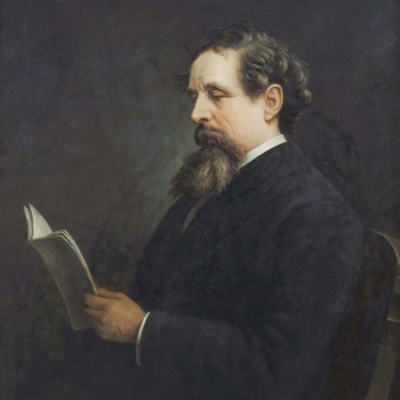
By now you may be familiar with the name, Abhijit Vinayak Banerjee. An Indian-American economist, he became the ninth Indian to win the Nobel Prize (jointly with Esther Dufi and Michael Kremer) in 2019. But did you know Banerjee spent his childhood in Kolkata? Or that he actually wanted to study Mathematics instead of Economics? Read on to learn more about him…
Economics in his blood
Born on February 21, 1961, Banerjee grew up in Kolkata, West Bengal. Observing the disparity between the rich and the poor from close quarters helped him gain insights into economics and poverty. Both his parents, Nirmala and Dipak, were eminent economists.
From Maths to Economics
However, Banerjee was more interested in Mathematics than Economics. He chose to study the subject at the prestigious Indian Statistical Institute. However, he quit within a week because he disliked the long commute from home to the institute. That’s how he switched over to Economics at Presidency College, which was closer home. It also happens to be the alma mater of another Nobel laureate Amartya Sen. A close friend of the family. Sen also mentored Banerjee.
Spreading his wings
After graduation, Banerjee went on to pursue his masters in Economics from the Jawaharlal Nehru University in Delhi. Once during a student protest over the expulsion of the president of the student union, he was arrested along with hundreds of other students for ‘gheraoing’ the vice-chancellors house. He spent 10 days in the notorious Tihar jail and was later released on bail. Subsequently, the charges were dropped against the students.
He earned a Ph.D from Harvard University in the U.S. in 1988. Later, he moved to the Massachusetts Institute of Technology, where he worked with his co-researcher and second wife Duflo. The two co authored the book “Poor Economics” after working 15 years in five continents to find practical solutions to poverty. They broke down large social problems into smaller pieces and then conducted randomised controlled trials to learn from the behaviour of people and understand where welfare policies may be failing them. For instance, they sought answers to questions such as ‘Does having lots of children actually make you poorer? and ‘Why would a man in Morocco who doesn’t have enough to eat buy a television’?
Their work earned them the nickname the Randomistas. The duo also co-founded the Abdul Latif Jameel Poverty Action Lab with fellow economist Sendhil Mullainathan. Started in June 2003, the lab today is the hub of scientific research and it comes up with innovative solutions to economic problems.
Nobel honour
Their work made the study of poverty alleviation more scientific and saved countless lives. “As a direct result of one of their studies, more than 5 million Indian children have benefited from effective programs of remedial tutoring in schools.” The Royal Swedish Academy of Sciences said while announcing the Nobel Prize on October 14, 2019.
OH REALLY!
- Abhijit Banerjee’s CV is 17-pages long.
- He received the Infosys Prize 2009 in the social sciences category of economics.
- In 2014, Banerjee received the Bernhard Harms-Prize from the Kiel Institute for the World Economy.
- He is currently the Ford Foundation International Professor of Economics at Massachusetts Institute of Technology. He had also taught at Harvard University and Princeton University.
- Popular works: “Good Economics for Hard Times”, “Poor Economics”, and “What the Economy Needs Now”.
Picture Credit : Google






